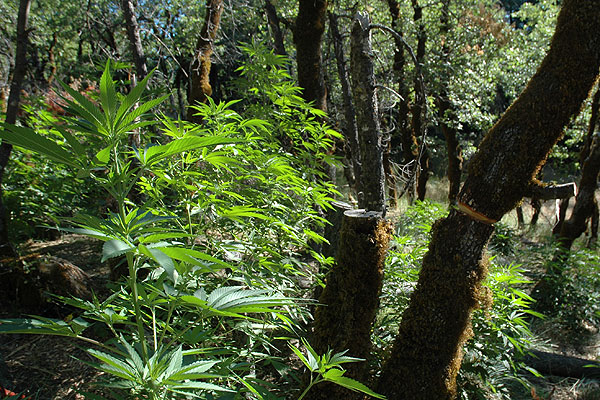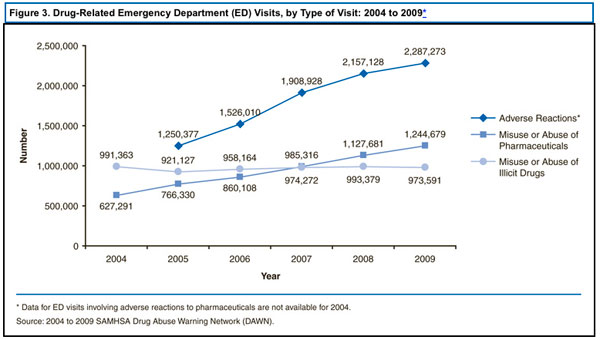
The Reader's Mick Dumke has an update on the marijuana debate taking place in city council; a couple aldermen are saying that legalization should at least be "part of the discussion." Which is probably worthwhile, but I wouldn't get your hopes up. The Obama administration recently released its official policy stance on legalization:
According to scientists at the National Institutes of Health– the world's largest source of drug abuse research – marijuana use is associated with addiction, respiratory disease, and cognitive impairment. We know from an array of treatment admission information and Federal data that marijuana use is a significant source for voluntary drug treatment admissions and visits to emergency rooms. Studies also reveal that marijuana potency has almost tripled over the past 20 years, raising serious concerns about what this means for public health – especially among young people who use the drug because research shows their brains continue to develop well into their 20's. Simply put, it is not a benign drug.
[snip]
We also recognize that legalizing marijuana would not provide the answer to any of the health, social, youth education, criminal justice, and community quality of life challenges associated with drug use.
[snip]
Preventing drug use is the most cost-effective way to reduce drug use and its consequences in America.
So it's pretty cut and dry. And they're backing it up with action.
[I thought the bit about visits to emergency rooms was curious: "For ED visits related to the use of illicit drugs, cocaine and marijuana had the highest rates involvement at 137.7 and 122.6 visits per 100,000 population, respectively." So I started poking around, and found the 2010 paper "Patterns and correlates of drug-related ED visits: results from a national survey" from The American Journal of Emergency Medicine (PDF). The authors concluded:
The overall prevalence of drug-related ED [emergency department] use among persons with lifetime drug use and those with a lifetime drug use disorder was low. However, disaggregating the prevalence by types of drugs of abuse revealed that the prevalence is driven downward by the high prevalence of marijuana use and disorders but low ED use for that particular substance. However, drugs such as heroin, inhalants, and “other drugs” were less commonly used but associated with significantly higher rates of ED use for individuals who use marijuana. Thus, the low overall rate can be attributed to the large number of marijuana users and those with a marijuana use disorder and the relatively low risk of ED visits for this drug.
This was a bit of a surprise:
The high prevalence of ED use among persons with an inhalant use disorder is also particularly notable. Inhalant use disorders were associated with a high prevalence of ED visits, second only to heroin.
And as far as that study that drug czar Gil Kerlikowskie cites about emergency room visits, there's one dramatic trend:

That's a pretty surprising trend line for pharmaceuticals, at least to me.]
Anyhow, the mayor has weighed in on the decriminalization of marijuana, and it's in keeping with his heretofore cautious reign:
“If you look at other cities that have done something like this, they have also created their own set of problems,” Emanuel said. “If we do it, and if I put my support, which I’m not doing yet, I want to look at it from both sides and be thoughtful.”
While looking around for cities that have created their own sets of problems, I came across a great deal of writing about Portugal's experience with the decriminalization of all sorts of drugs:
Under the Portuguese plan, penalties for people caught dealing and trafficking drugs are unchanged; dealers are still jailed and subjected to fines depending on the crime. But people caught using or possessing small amounts—defined as the amount needed for 10 days of personal use—are brought before what's known as a "Dissuasion Commission," an administrative body created by the 2001 law.
Each three-person commission includes at least one lawyer or judge and one health care or social services worker. The panel has the option of recommending treatment, a small fine, or no sanction.
A decade in, it's a pretty well-regarded program. It obviously doesn't reduce enforcement costs to the extent that ticketing does, but it's a considerably more proactive approach.
Related: Last year a good friend of mine wrote a lengthy, in-depth article about the marijuana industry in northern California for Washington Monthly. It's a vivid, fascinating look at a singular part of the country, and the weird tensions created by the potential for marijuana legalization, which if it led to the corporatization of marijuana growth would essentially wipe out an entire way of life (kind of like Southern bootlegging, although that hasn't exactly disappeared even decades after prohibition). Well worth a read.
Photograph*: USFS Region 5 (CC by 2.0)
* About that picture: "Tree leaves and needles are removed because they block sunlight needed for marijuana crops. Rather than cutting down trees that leave 'tell-tale' stumps that are easily spotted by air, trees are girdled midway up the trunk by machete, killing all future growth and eventually the tree."


